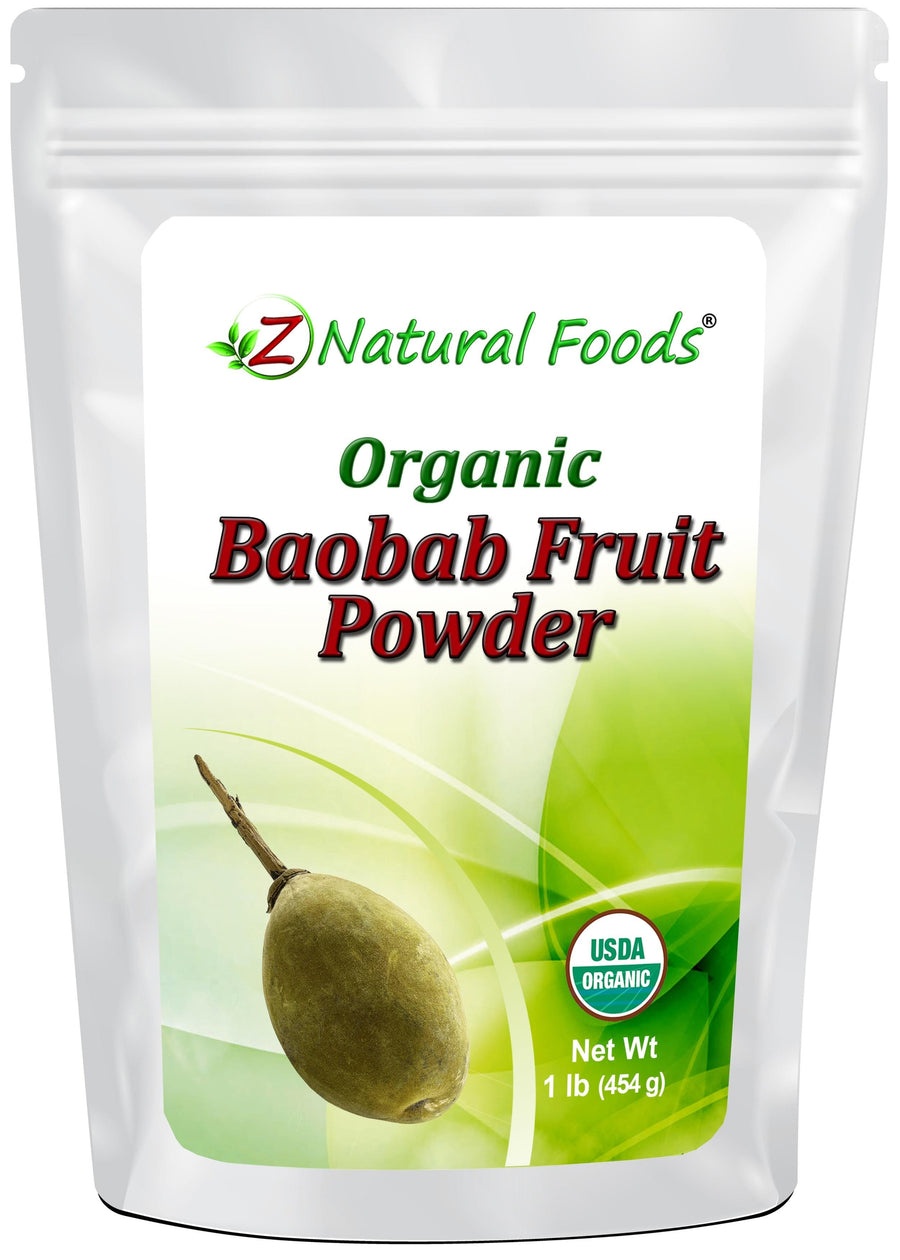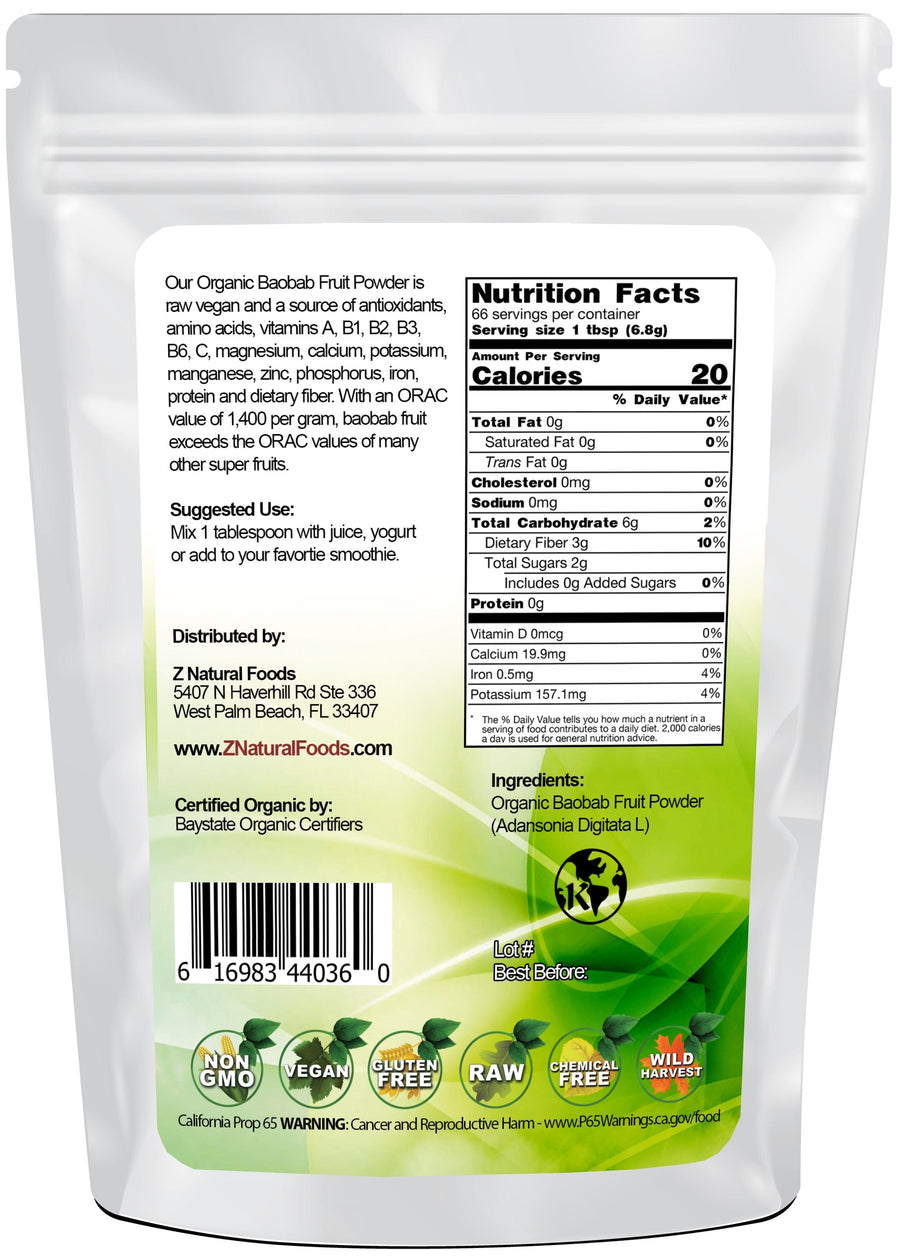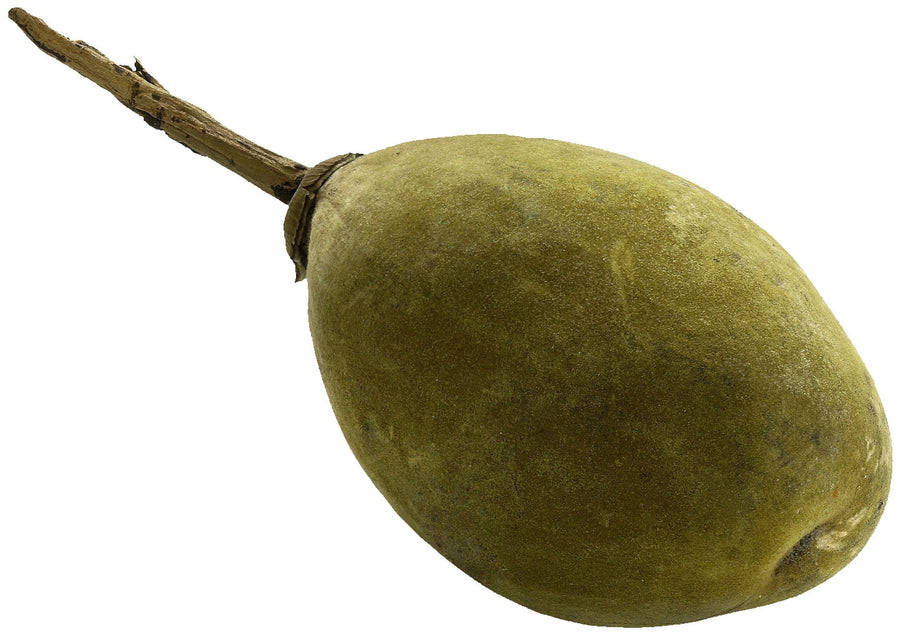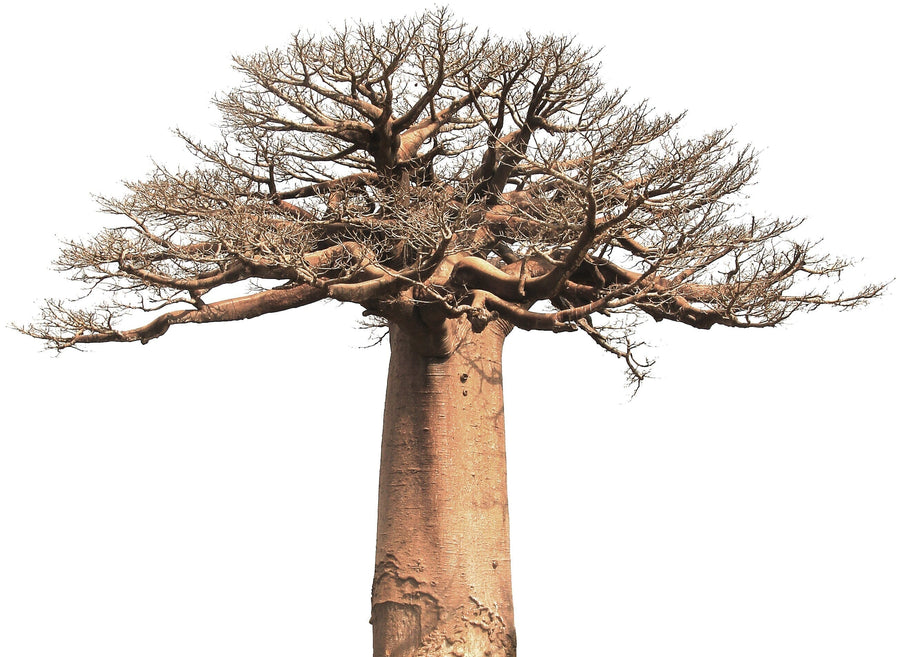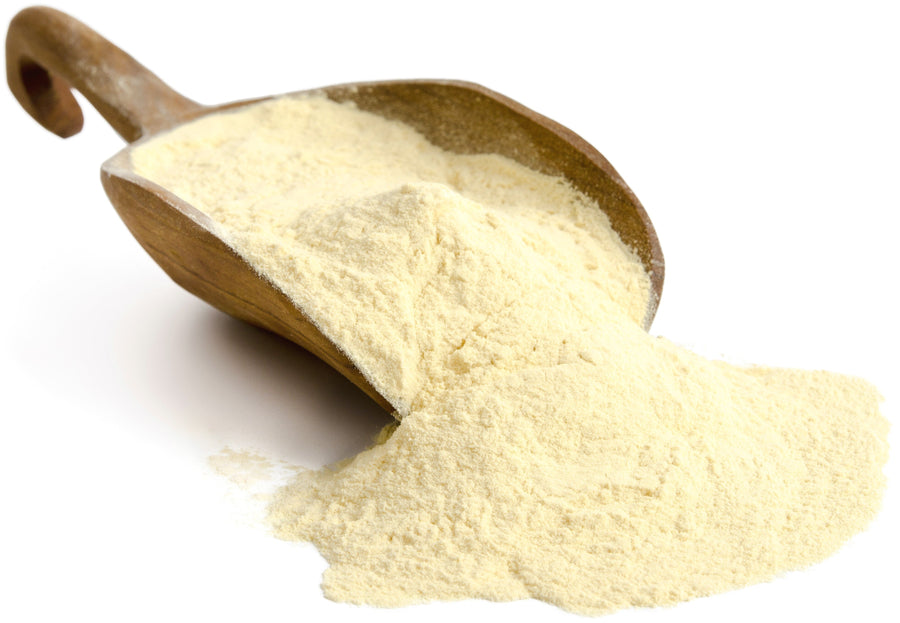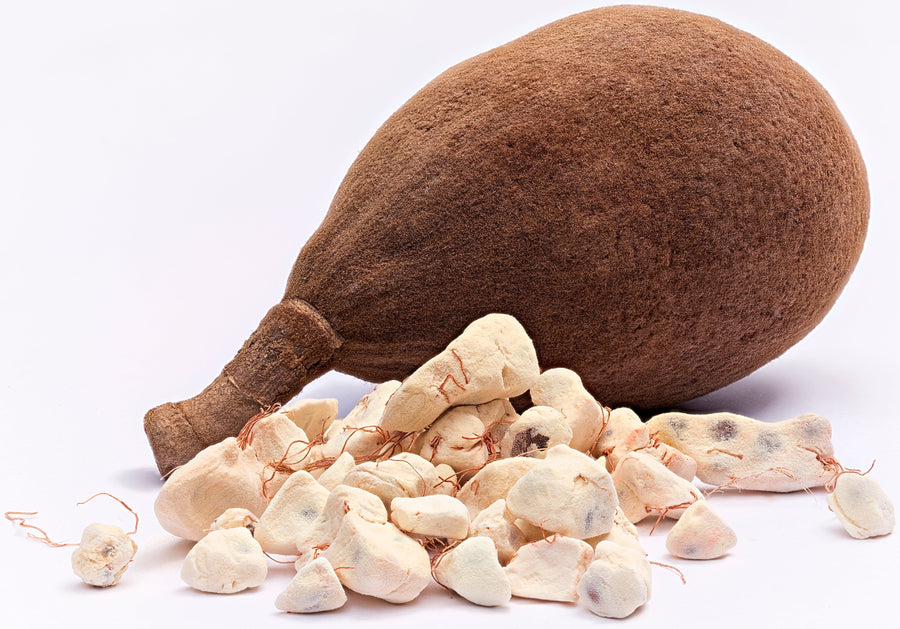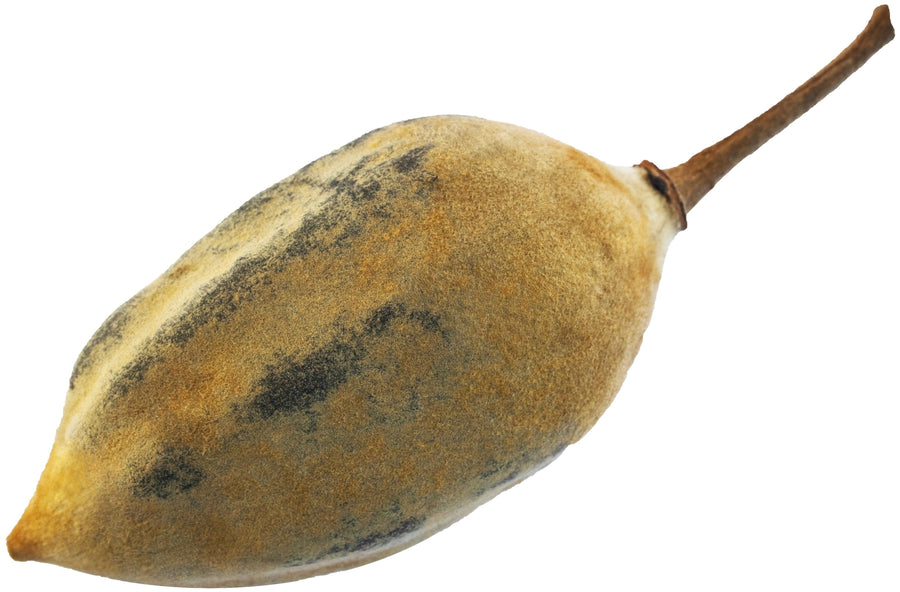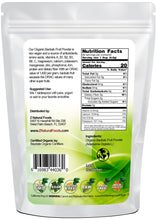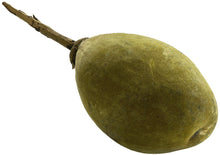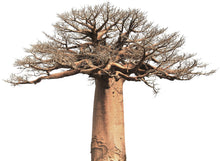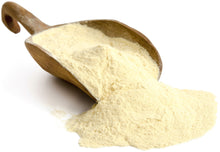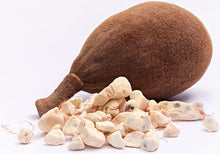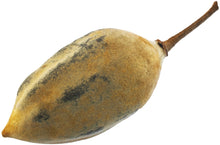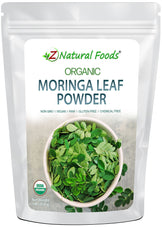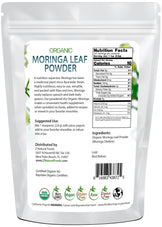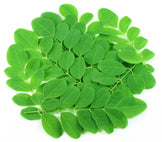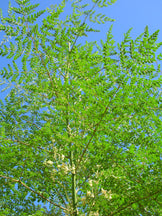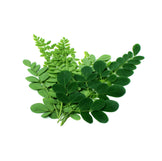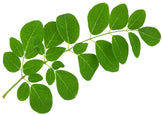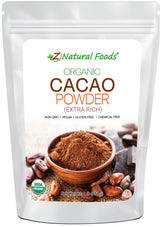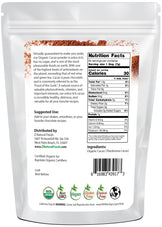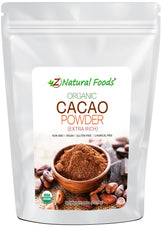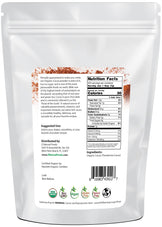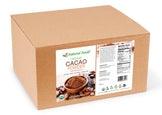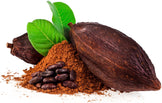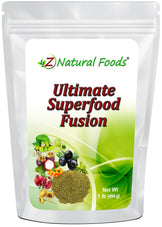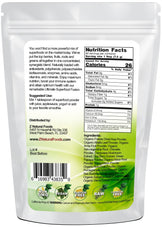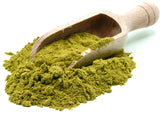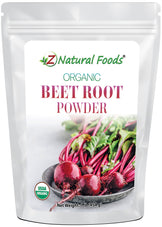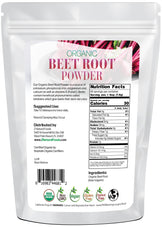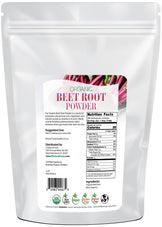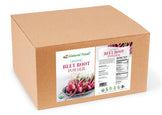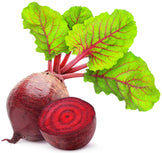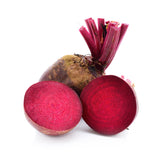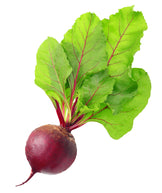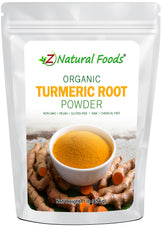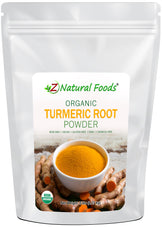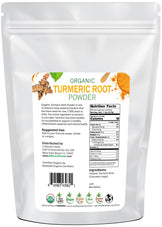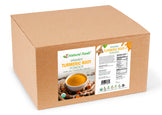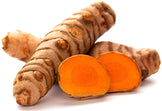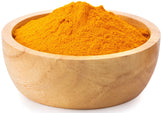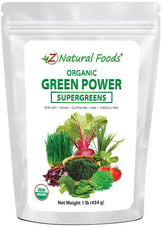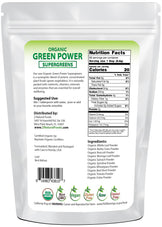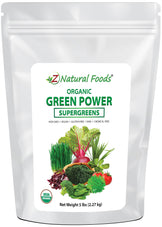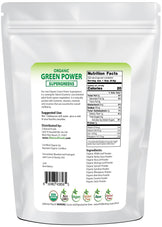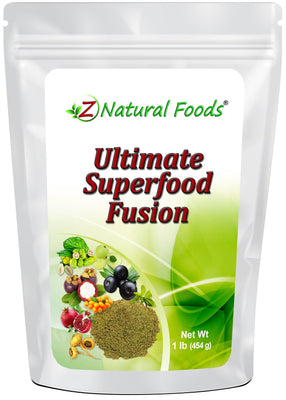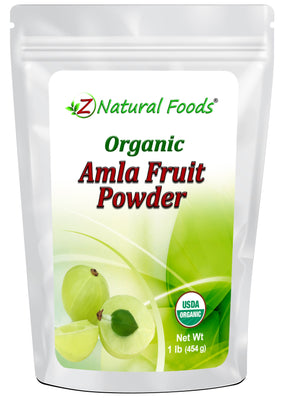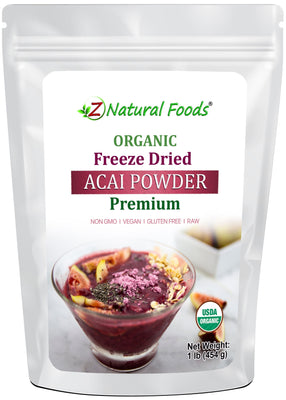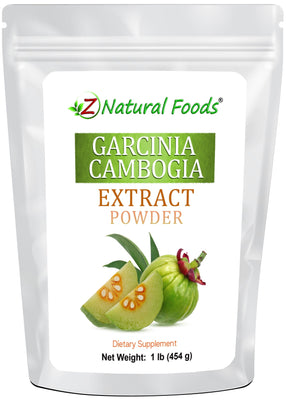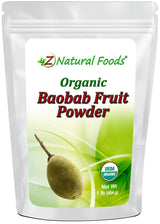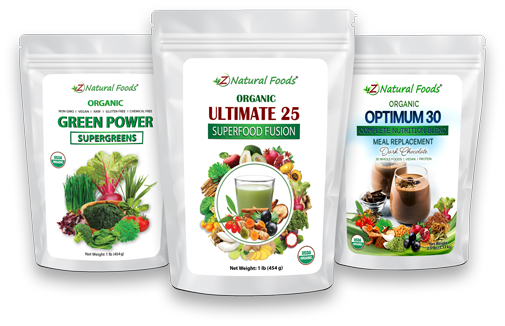About Product
The baobab tree, native to much of the African continent, has been a traditional food source in Africa for centuries.
The tree is sometimes referred to as the “upside-down tree” due to its distinctive structure, with its branches resembling roots that reach up into the sky.
Baobab fruit is a source of vitamin C and other nutrients. It has a tart, citrusy flavor and is traditionally eaten fresh, dried, or made into a drink. The fruit's pulp can also be ground into a powder, becoming increasingly popular and easily added to smoothies and other recipes to create nourishing value.
It can be used in sweet and savory dishes and has a pleasant tartness with a hint of sweetness.
With its long tradition and health benefits, it’s no wonder it’s becoming more popular in the health food world.
Constituents of Baobab Fruit include:
- Fiber
- Protein
- Vitamin C
- Lipids: Oleic and linoleic unsaturated fatty acids
- Amino Acids: Aspartic Acid, Glutamic Acid, Serine, Histidine, Glycine, Threonine, Arginine, Alanine, Prolamine, Tyrosine, Methionine, Valine, Phenylalanine, Isoleucine, Leucine, Lysine, Cysteine
- Minerals: Iron, Calcium, Phosphorus, Magnesium, Copper, Zinc, Manganese
- Phytochemicals: Carbohydrates, Starch, Alkaloids, Phytic Acids, Saponins, Sterols, Flavonoids, soluble polysaccharides
Suggested Use: Mix one tablespoon with juice and yogurt or add to your favorite smoothie.
Mixing suggestion: To increase flavor and nutritional profile, combine with our green papaya powder.
Botanical Name: Adansonia digitata L.
Other Names: Bottle tree, magic tree, cream of tartar tree, king of fruits, Senegal calabash, chemist tree, Ethiopian sour gourd, Symbol of the earth, the top-down tree, baobab, sour gourd, upside-down tree, monkey bread tree, cream of tartar tree, the vitamin tree
Parts Used: Whole Baobab, no seed or rind.
Ingredients: Organic Baobab Fruit.
Origin: Wildcrafted and dried in South Africa. It was packaged with care in Florida, USA.
Certifications: Certified USDA Organic.
How to Maintain Optimum Freshness
- This product is packaged in airtight stand-up, resealable foil pouches for optimum freshness.
- Once opened, push the air out of the pouch before resealing it to preserve maximum potency.
- Keep your powder in a cool, dark, dry place.
This product is 100% natural and minimally processed:
Taste, smell, texture, and color vary from batch to batch. Go here to learn why our products may naturally vary.
The important protections we take to bring you safe and nutritious superfoods:
Please go here to discover the essential steps we take to deliver fresh, quality nutrition.
Bulk Quantities?
Need to order a large quantity of our products? We are happy to help! Please get in touch with our Bulk department to discuss the details.
* Product packaging, pictures, and origin may vary.
Sources & References
1. "Genus: Adansonia L.". Germplasm Resources Information Network. United State Department of Agriculture. 2008-11-12. Retrieved 2011-01-14.
2. Wickens, GE; Lowe P (2008). The Baobabs: Pachycauls of Africa, Madagascar and Australia. Berlin, Germany; New York, NY: Springer Verlag. ISBN 978-1-4020-6430-2. OCLC 166358049.
3. a b Pettigrew JD et al. (2012). "Morphology, ploidy and molecular phylogenetics reveal a new diploid species from Africa in the baobab genus Adansonia (Malvaceae: Bombacoideae)". Taxon 61: 1240"“1250
4. "Big Baobab Facts". Archived from the original on 6 January 2008. Retrieved 2008-01-08.
5. http://www.arkive.org/baobab/adansonia-digitata/image-G50349.html "“ Baobab growing in a salt plain (access date 2010-07-19).
6. http://www.mail-archive.com/indiantreepix@googlegroups.com/msg08234.html "“ Baobabs growing close to the sea (access date 2010-07-19).
7. "GRIN Species Records of Adansonia". Germplasm Resources Information Network. United State Department of Agriculture. Retrieved 2011-01-14.
8. "The Baobab tree in Senegal". Archived from the original on 4 October 2008. Retrieved 2008-10-01.
9. "Scientists predict African fruit trees could help solve major public health problem". Bioversity International. Retrieved 2008-10-01.
10. Hills S. "Baobab goes for GRAS ahead of 2010 World Cup" FoodNavigator.com-USA, September 30, 2008.
11. a b c d e f Lange, Karen E. (August 2010). "Vitamin Tree". National Geographic (from magazine, also online). Retrieved 1 June 2012.
12. a b Herbal Sciences International Ltd (2006). "Baobab dried fruit pulp "“ An application for novel foods approval in the EU as a food ingredient". UK Food Standards Agency. Retrieved June 3, 2012.
13. Osman MA (2004). "Chemical and nutrient analysis of baobab (Adansonia digitata) fruit and seed protein solubility". Plant Foods Hum Nutr 59 (1): 29"“33. doi:10.1007/s11130-004-0034-1. PMID 15675149.
14. a b "New exotic fruit to hit UK shops". BBC. 2008-07-15. Archived from the original on 19 July 2008. Retrieved 2008-07-15.
15. Chadare FJ, Linnemann AR, Hounhouigan JD, Nout MJ, Van Boekel MA (2009). "Baobab food products: a review on their composition and nutritional value". Crit Rev Food Sci Nutr 49 (3): 254"“74. doi:10.1080/10408390701856330. PMID 19093269.
16. "Baobab dried fruit pulp". UK Food Standards Agency. 2008. Retrieved 3 June 2012.
17. "Agency Response Letter GRAS Notice No. GRN 000273". Fda.gov.
18. http://www.baobab.kansaspalms.com M. Sidibe and J. T. Williams 2002. Baobab International Centre for Underutilised Crops, University of Southampton.
19. Fancy a pint in the world's only bar that's INSIDE a tree?, Daily Mail, December 2007 Retrieved 20 December 2007.
20. Of all the gin joints in all the world, Tristan McConnell in the Big Baobab Pub, Modjadjiskloof, South Africa, The Times, January 2007, Retrieved 20 December 2007.
21.http://link.springer.com/article/10.1007%2Fs11130-004-0034-1
22. http://www.mightybaobab.com/scientific-papers/chemicalcompositionbaobabfruit.pdf
* Reviews & Success Stories Disclaimer
Product reviews solely reflect the views and opinions expressed by the contributors and not those of Z Natural Foods. Z Natural Foods does not verify or endorse any claims made in these reviews. Statements have not been evaluated by the FDA and are not intended to diagnose, treat, cure, or prevent any disease or health condition.REFERRAL PROGRAM
Share your personal link to your friends and welcome them with rewards. Claim yours when they make their first purchase.

GIVE
$10 off discount

GET
$10 off discount
